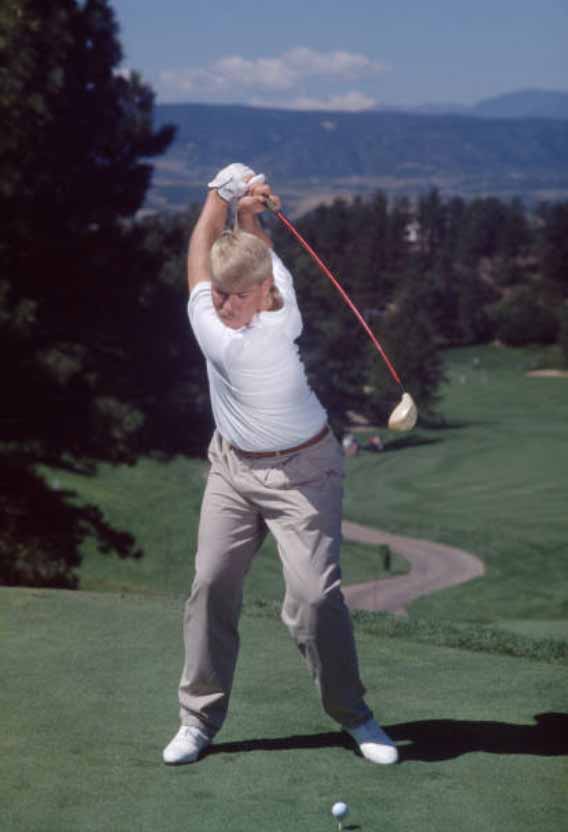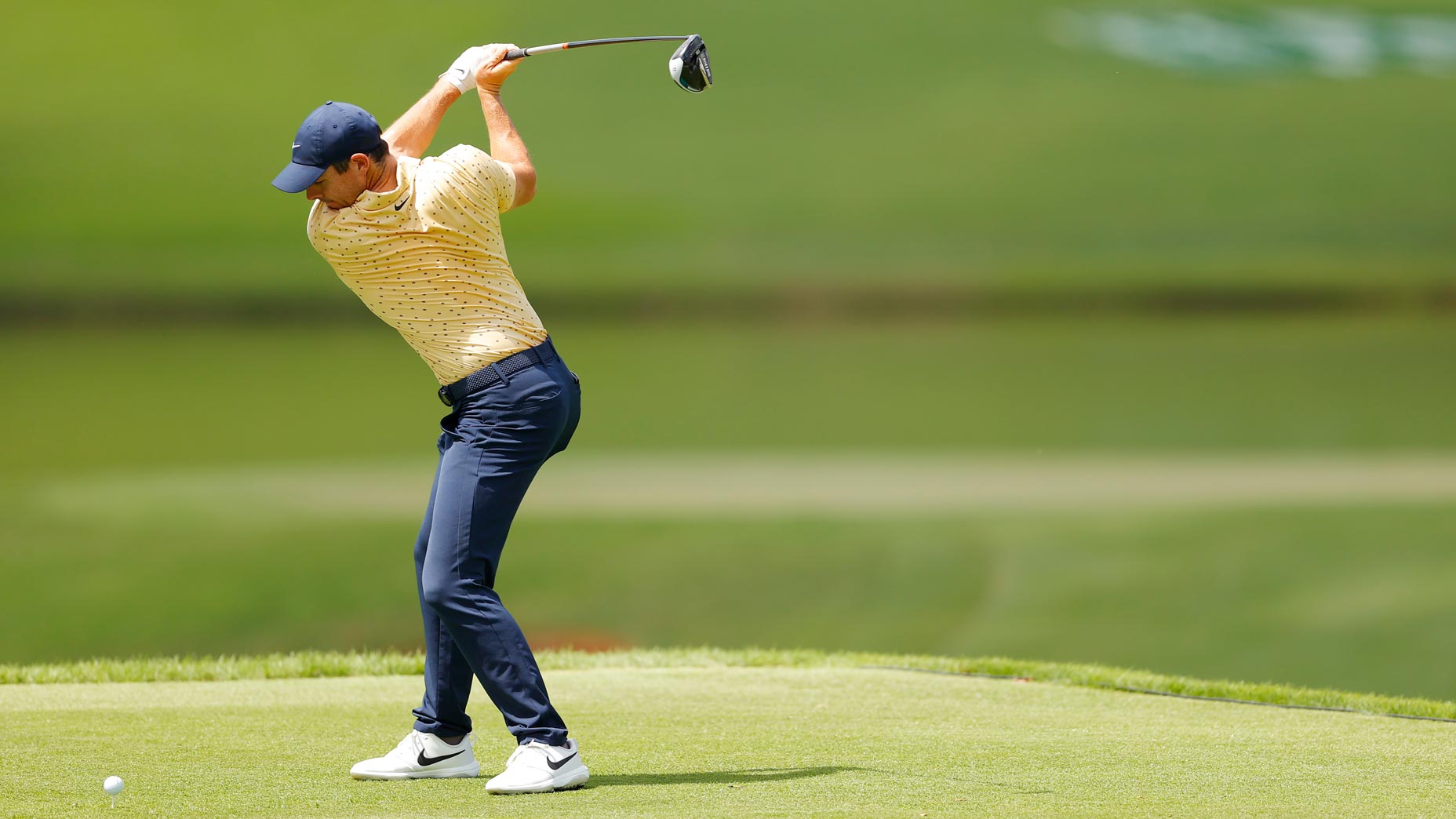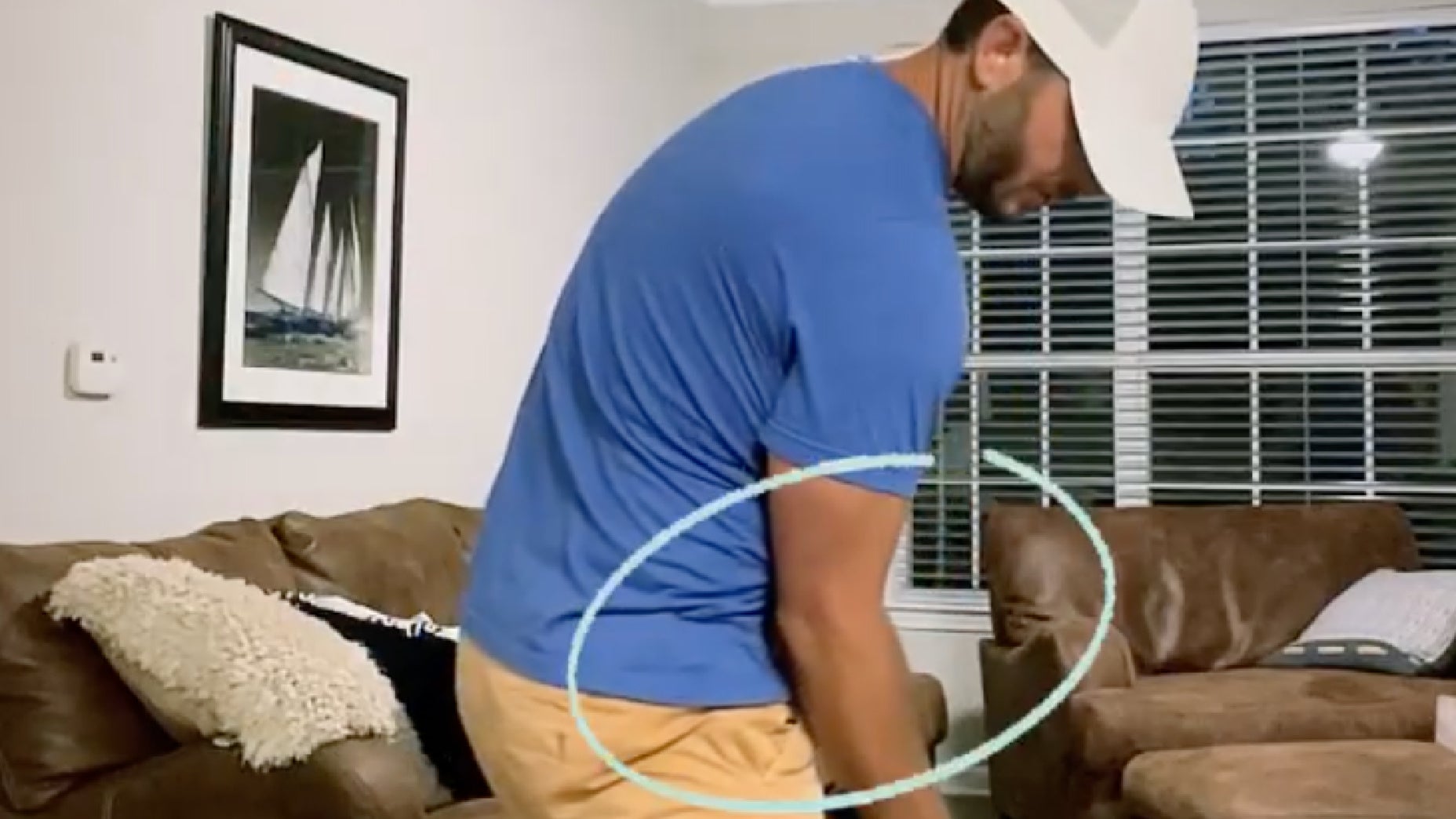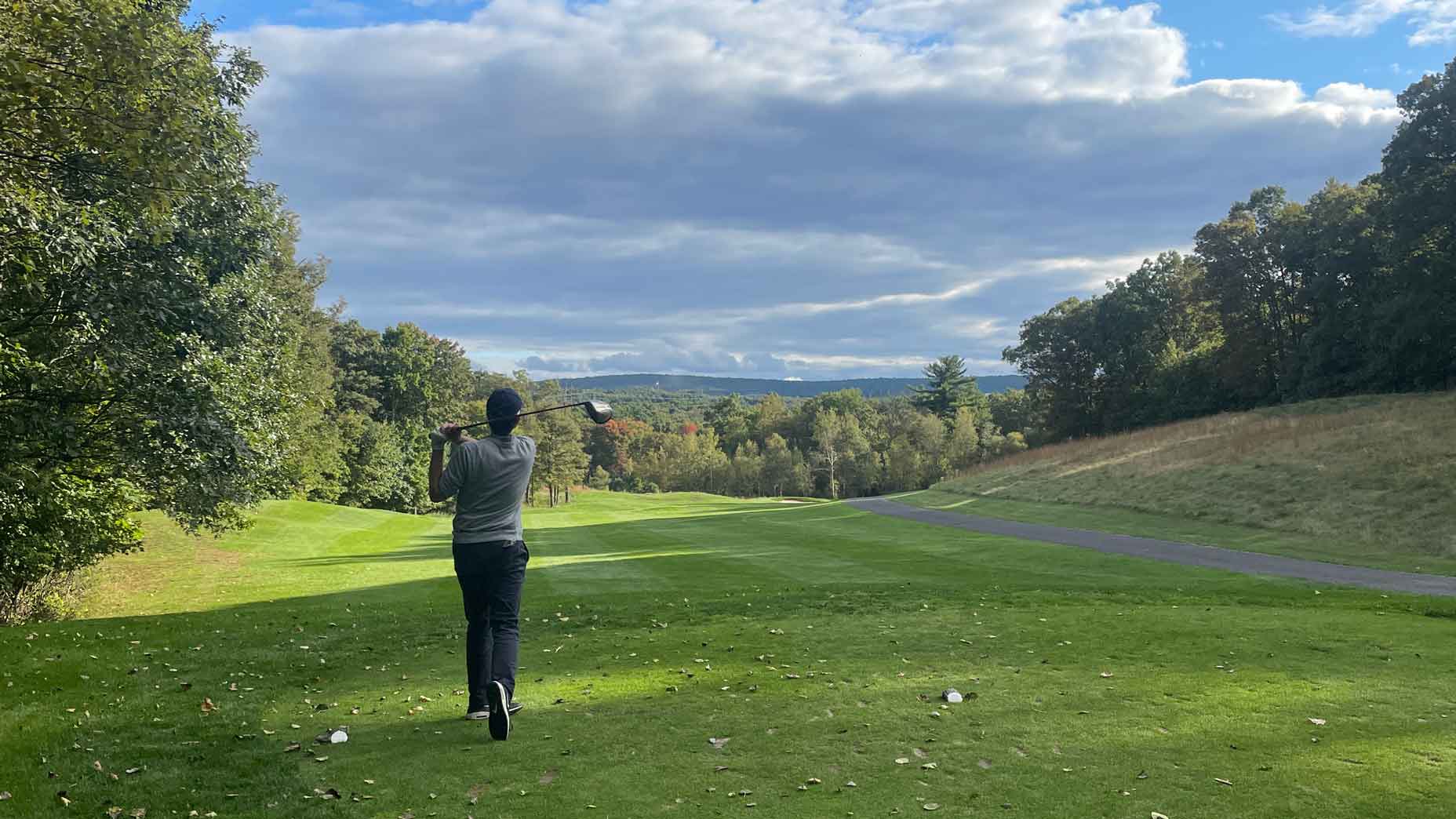
Rory McIlroy got injured in 2010, which sent his career on an entirely different direction.
Getty Images
If there are two words that best describe Rory McIlroy’s golf swing, I’d say turn, and torque.
Rory has a huge amount of turn on his backswing: 42 degrees of hip turn, according to 3D technology GEARS, and a whopping 116 degrees of shoulder turn. Young John Daly, for reference, had 114 degrees of shoulder turn in 1992.

John Daly has about 114 degrees of shoulder turn here
Getty Images
Then, like a rubber band, Rory turns all that flexibility into clubhead speed with a rapid turn of his hips towards the target. As measured by the Titleist Performance Institute, which was cofounded by GOLF Top 100 Teacher Dave Phillips, young Rory rotated his hips at an incredible 720 degrees per second — compared to the Tour average of about 500 degrees.
That allows his upper and lower bodies to separate from one another, before coming together again for maximum speed through impact.
Those both sound like good things, and they are! But young Rory was also missing one critical component to make it all work: Muscle mass.
“[Young Rory] this incredible acceleration, incredible velocity, small mass, incredible torque, that’s just a recipe for disaster.” TPI’s Dr. Greg Rose says. “We have so many players who have gotten injured doing this. It’s amazing how great you can hit the ball doing this, but the question is how long it will last.”
Rory’s speed was based on a huge amount of flexibility, and while a flexible golf swing is a good one, it’s also a double-edged sword. You need muscle mass to control your flexibility and to withstand the speed your elasticity creates.
Rory almost learned this the hard way. He got injured in 2010, which scared him so much he decided to make a huge change to his lifestyle. He started eating healthier, getting stronger, and probably saved his career because of it.

Getty Images
“So when you look at players and wonder ‘oh, why are they doing this in the gym?’ you have to understand the background of why they’re doing it,” Rose says. “The point here is that a safe exercise program is designed to preserve your career, and improve you as a player…to just say ‘I can’t believe you’re lifting heavy weights’ without any perspective or background is just plain old ignorant.”








